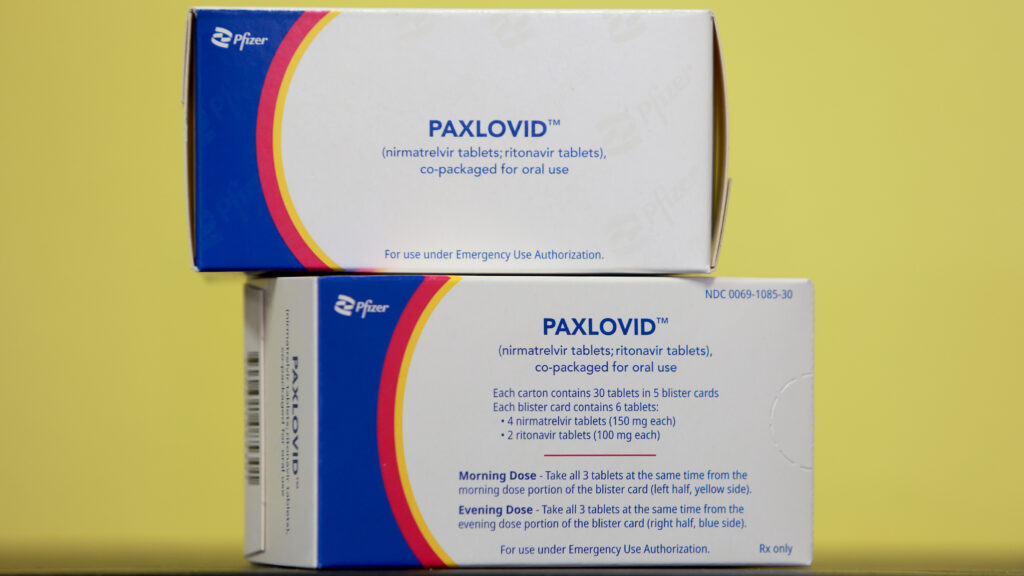WASHINGTON — The Biden administration is slowly shifting millions of Covid-19 treatments to private insurers and drugmakers, starting next week.
The transition to commercial payers and providers will begin Nov. 1 but last through at least December as providers dole out existing stock, Health and Human Services Secretary Xavier Becerra wrote in a letter issued Friday.That includes Pfizer’s Paxlovid, which the government will stop ordering on Dec 15, and Merck’s Lagevrio, which will be open for provider orders through Nov. 10.
advertisement
Beginning in December, providers will be able to send back Paxlovid packs — ideally those soon to expire — for government credit towards Paxlovid in Medicare and Medicaid, which both will cover the antiviral pill regimen at no cost through 2024, senior health officials told reporters.
Uninsured and underinsured people will be able to access Paxlovid for free through 2028 under a Pfizer agreement. Pfizer and Merck are also separately launching copay saving programs for people with private insurance. Pfizer plans to price Paxlovid at $1,400 for a five-day course according to a Wall Street Journal report, but without insurers’ contracts finalized it is difficult to predict how much a patient could pay out of pocket. The government was procuring Paxlovid at about roughly $530 per treatment course.
The long transition period should let payers and providers to “work out all those kinks” around the government supply dries up, a health official said. The treatment plan comes amid ongoing confusion and frustration over the first round of Covid-19 vaccines handled by the commercial market.
advertisement
“There’s probably a lesson from the vaccines. It’s also an option we didn’t have for vaccines because that was a product switchover,” the official said, referring to the new boosters that were the first test of commercial access. “There was no ability to have any overlap because it was simply two different products.”
Officials estimated that there are roughly 2.5 million Paxlovid doses in the field and at least 1 million of Lagevrio, out of more than 20 million doses delivered since they first struck deals with the companies. However they said it is difficult to forecast how long that supply will last, considering providers could start returning government-supplied Paxlovid doses.
Pfizer estimated it could get 7.9 million returned doses by the end of the year, worth more than $4 billion. The drugmaker’s initial deal with the government in 2022 to supply 10 million doses was worth $5.3 billion; the order was doubled midyear and in December HHS requested another 3 million for nearly $2 billion. Merck’s agreement with the government began with a 3.1 million dose order in February 2022.
HHS has been in prolonged discussions with the drugmakers, insurers, and pharmacy benefit managers to ensure they set up new contracts and coverage plans. Officials said Friday that they are confident most payers have Paxlovid coverage in the works, though they seemed less certain about broad Lagevrio coverage.
The Food and Drug Administration authorized Lagevrio for emergency use in late 2021, but the antiviral’s use was quickly eclipsed by Paxlovid after Pfizer published clinical data showing a nearly 90% reduction in hospitalization among patients who used their drug.
Asked about the timing of the transition, a senior health official pointed to the return agreement hammered out with Pfizer. “We weren’t going to be able to get through this winter surge without doses expiring, if we didn’t come to some other arrangement.”

